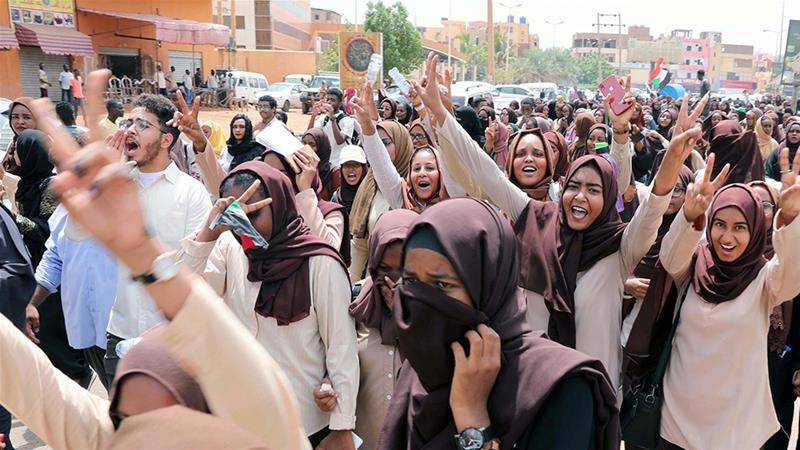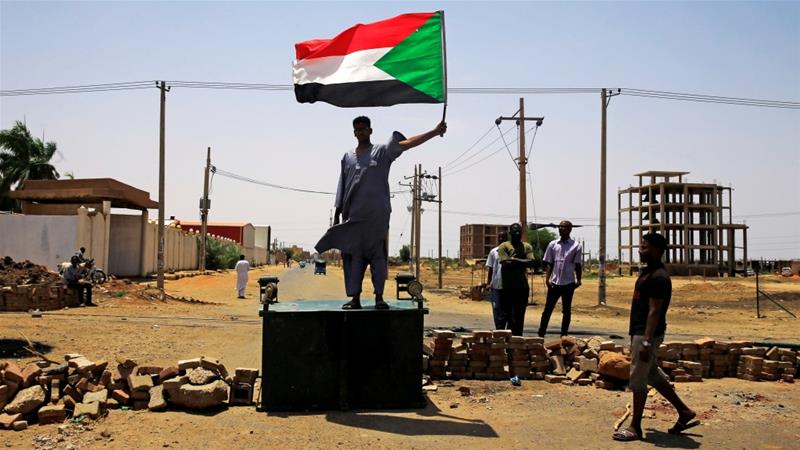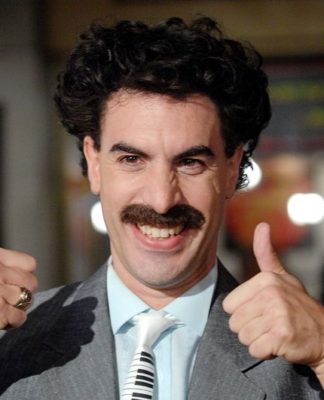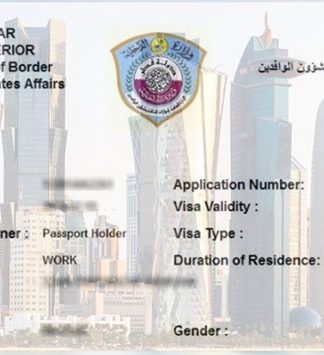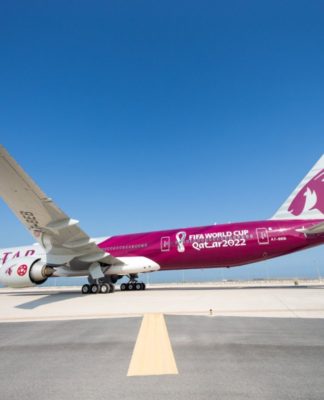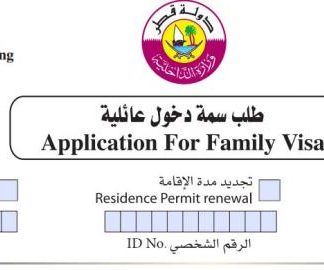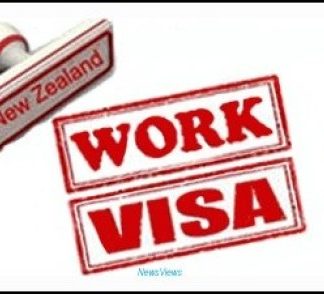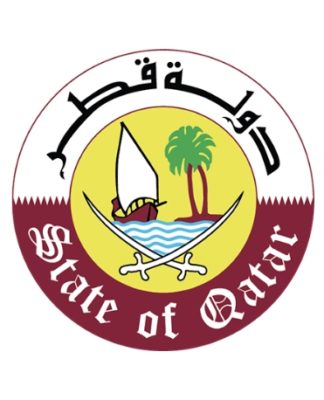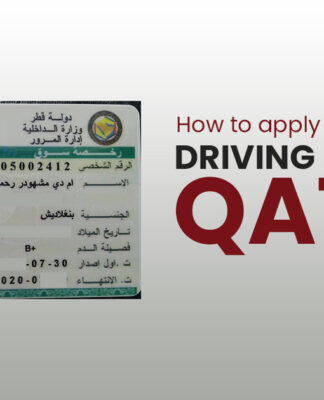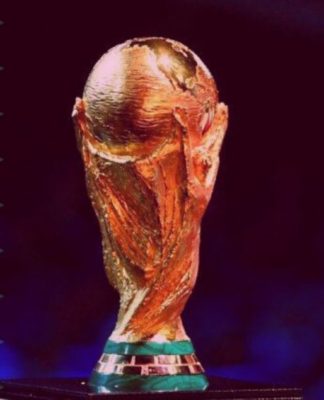Investigative committee fails to mention the whereabouts of dozens of people missing after military attack on sit-in.
“My cousin wasn’t a trouble-maker, he used to stay mostly in the neighbourhood. He used to watch TV every evening and sometimes re-enact what he saw in a way that made us laugh at home.”
That’s how Zakia Khalil described her 18-year-old cousin Abadi Osman, an ice-seller in his neighbourhood in Sharq El-neel in the eastern suburbs of Khartoum where he lived with paternal relatives and was raised by his grandfather.
He went missing on June 3 after a military attack on a pro-democracy sit-in in front of the army headquarters in Sudan’s capital.
“He was like any other person in the country affected by the economy and the way the country was being governed,” Zakia told Al Jazeera. “He came out because he believed in the revolution.”
For months, hundreds of thousands of Sudanese demonstrated against the country’s long-time ruler Omar al-Bashir. Abadi joined the thousands who took part in anti-government protests. When the demonstrations turned into a mass sit-in at the army headquarters in April, Abadi joined, coming home only a handful of times during the two months the sit-in lasted.
The military ousted Bashir on April 11 and took over and started negotiating with an opposition coalition known as the Forces for Freedom and Change (FFC), which represented the protest movement. But talks broke down several times as the sit-in continued.
Hundreds wounded
|
|
On June 3, the military raided the sit-in resulting in the deaths of more than 100 demonstrators, according to the protest-aligned Central Committee of Sudan Doctors.
More than 700 hundred were reported wounded from the attack and subsequent days of violence. Survivors also recounted the army, mostly made up of soldiers from the notorious Rapid Support Forces, which is led by the deputy-head of the junta, threw bodies into the Nile River near the sit-in.
Khalil said she and her family looked everywhere for her cousin, from hospitals, to mortuaries to police stations, but couldn’t find Abadi’s name among those injured, arrested or recorded as dead. His name was listed as the one of the dozens missing.
On Saturday, the committee set up by the ruling junta announced that investigations into the attack were still ongoing but revealed only a handful of officers were responsible for the killings.
“One of the [generals] was warned that he is not responsible for the operation yet he disobeyed orders and led the Rapid Support Forces into the sit-in area and handed down orders for them to get out of their armoured vehicles and force the protesters out,” Fath al-Rahman Saeed, the head of the committee, told journalists in a press conference.
He said the order was given to disperse an area known as Columbia, adjacent to the sit-in, where alcohol and drugs – both illegal in Sudan – were known to be sold.
“Some outlaws exploited this gathering [the sit-in] and formed another gathering in what is known as the Columbia area, where negative and illegal practices took place,” Saeed said.
He added 87 people were killed and 168 wounded and no rapes took place, although the Sudan Central Doctors’ committee released a report that there were at least 50 cases of rape. There was no mention of the whereabouts of those missing in the brief presser.
|
|
“It’s not only on the day of the attack, some people disappeared after,” Musab Alsharief, a member of the neighbourhood resistance committee, which mobilises protesters, told Al Jazeera.
‘Lost their minds’
Pages and accounts on social media were set up for families to post names and photos of their missing loved ones, in hopes that someone would recognise them and tell the families where they are. One such page listed 17 people still missing since the attack.
But activists say not all families have access to social media, and not all of those killed had families so the number of those missing is likely higher.
“We’ve found some of those who went missing, but most of them weren’t in a stable state of mind,” Alshareif said. “Some of them have lost their memory, some of them have lost their minds completely.”
He added they had signs of beatings and torture.
“I just want Abadi to come back,” Khalil said. “His grandfather who raised him wants to know where he is, even if he’s dead. He keeps asking about Abadi every time he gets a call… He just wants to know where he is.”
SOURCE: aljazeera.com














